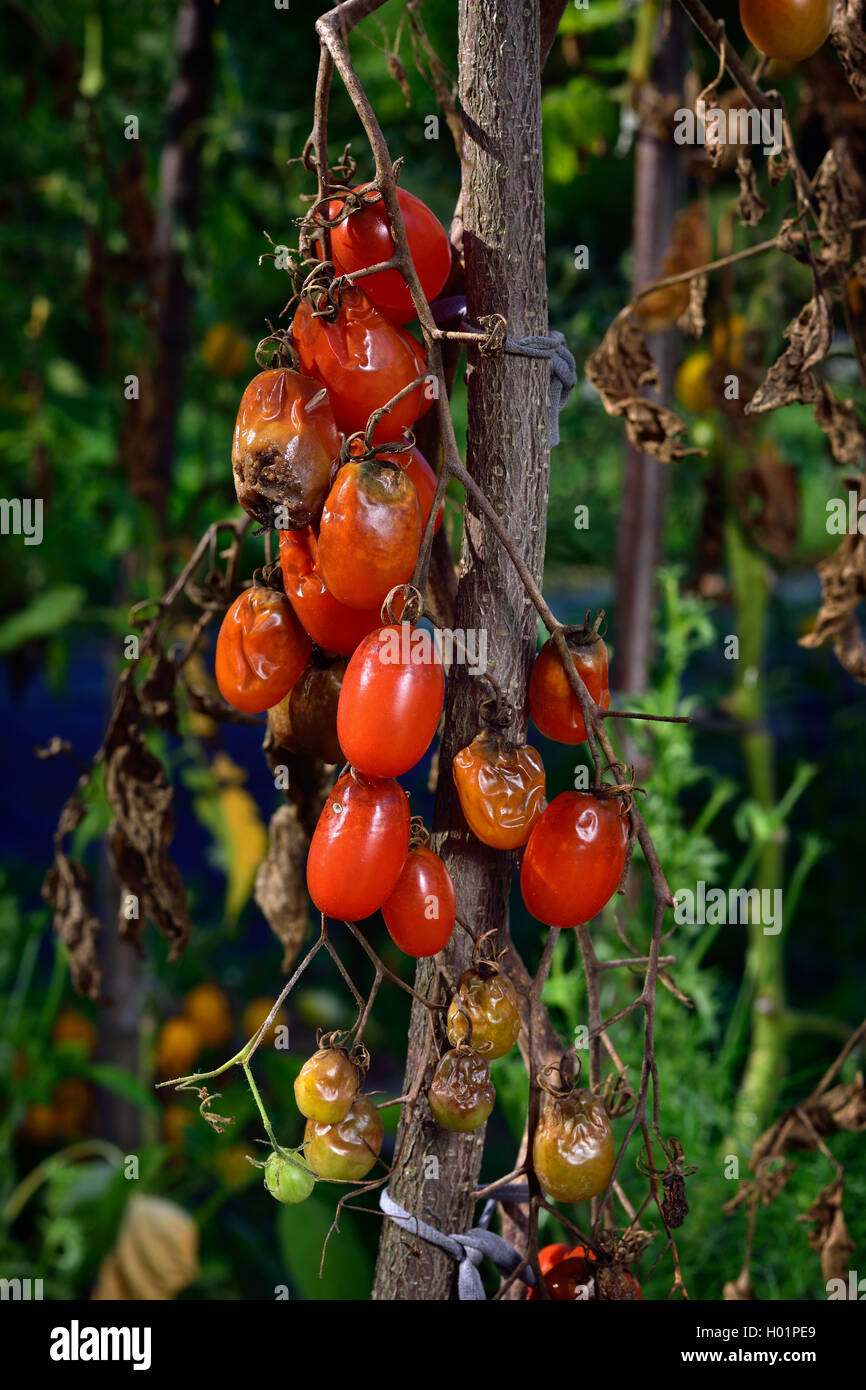

Clean tools and equipment (including tractor wheels) after working with phytophthora-infected plants.This will help reduce the number of phytophthora spores being produced over the course of the season. In large fields where a small area of infected plants has appeared, till in this area and a border of healthy plants.Dispose of plants outside of production areas. Remove infected plants as well as neighboring plants that appear healthy, as they are likely infected as well.Rotate out of cucurbit and solanaceous crops for a minimum of three years.Do not work in fields when soils are wet, to avoid compacting the soil.Avoid planting susceptible crops in fields with a history of this disease.After discovering phytophthora infection in a field, the goal is to remove the disease-carrying plants and deplete the disease population in that field before planting a susceptible crop again.Irrigate from wells rather than surface water if possible. If the farm has no history of phytophthora, prevention is the goal.It is unknown if both mating types occur in Minnesota. If both mating types are present, the fungus will create oospores, a hard-walled resting structure that can survive five or more years. If only one mating type is present in a field, the pathogen can survive for two years. There are two different mating types of Phytophthora capsici.As a result, new infections often appear in the direction in which water drainage occurs. Phytophthora has swimming spores known as zoospores that can swim through films of water and saturated soils to locate a new host plant.Oomycetes are not true fungi but are close relatives to certain kinds of algae. Phytophthora capsici is an oomycete, also known as a water mold.Phytophthora overwinters in soil and plant debris.Spores can travel on soil stuck to equipment used in an infested area and on windblown raindrops.Disease is more common in low-lying, poorly drained areas of the field, but can spread throughout the field if environmental conditions are right. Phytophthora thrives in warm (75-85° F), wet conditions.Phytophthora infects every part of the plant including roots, crowns, leaves, vines and fruit.

Infection is most common in zucchini, squash, pumpkin, and pepper.

Late blight on tomato fruit ( Lycopersicon)Ī strain of the fungus, Phytophthora infestans, causes late blight in tomatoes.


 0 kommentar(er)
0 kommentar(er)
